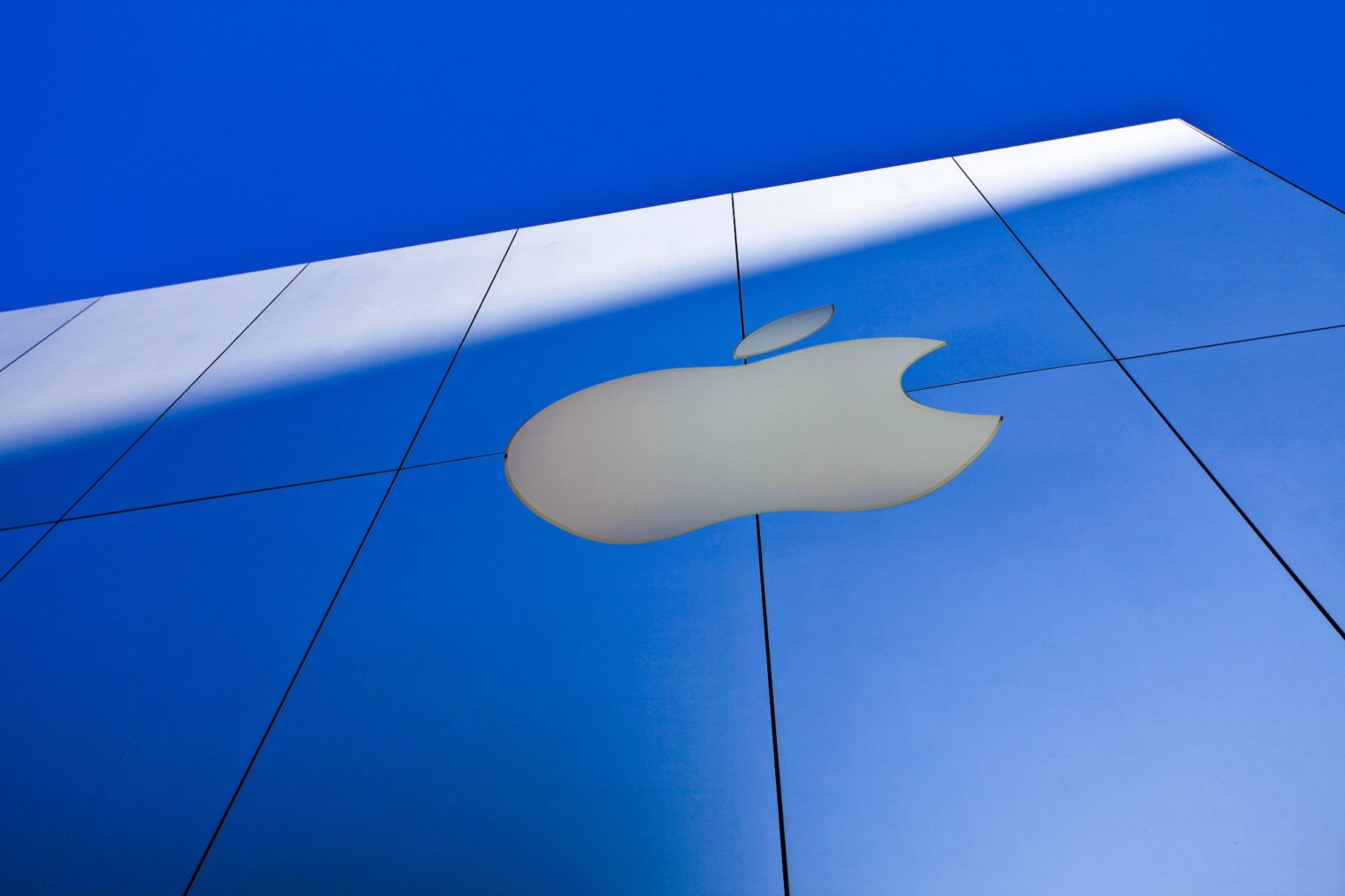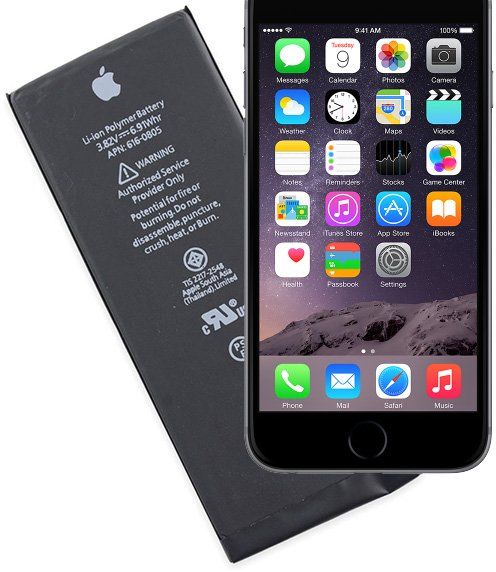When Apple introduced the iPhone 6 years ago, it was a major milestone in many ways. In addition to the fact that the novelty at the time brought a lot of new functions, it also presented itself in sizes and designs that were not very usual for Apple. Some predicted that the iPhone 6 would be a small success precisely because of these features, but very soon it turned out that they were wrong.
It could be interest you

In September 2014, Apple famously announced that the iPhone 6 and iPhone 6 Plus had sold a record 4,7 million units in just the first weekend of their official launch. The impatiently awaited smartphones from the workshop of the Cupertino company brought a redesigned design that remained in the company's portfolio for several years to come. The most obvious change? A larger 5,5" and 8" display, which was supposed to attract phablet fans - that was the name used at the time for large smartphones that approached the dimensions of tablets due to the diagonal of their display. The new iPhones were also equipped with an AXNUMX chip, equipped with improved iSight and FaceTime cameras, and for the first time they also offered support for the Apple Pay payment service.
"Sales of the iPhone 6 and iPhone 6 Plus exceeded our expectations for the launch weekend, and we couldn't be happier," said Tim Cook at the time in connection with the highly successful sales, who subsequently did not forget to thank Apple's customers for "they delivered the best launch in history and all previous sales records were broken by a wide margin". Although Apple didn't break the iPhone 6's sales record until a year later with the iPhone 6s, the latter benefited from going on sale in China on launch day. This was impossible with the iPhone 6 due to regulatory delays. iPhone 6 sales were also hampered by supply issues. "Although our team handled the ramp-up better than ever before, we would have sold many more iPhones," said Cook in reference to supply difficulties.
Still, the iPhone 6's opening weekend sales of 10 million confirmed substantial and sustained growth. A year earlier, the iPhone 5s and 5c sold 9 million units. And the iPhone 5 had previously reached 5 million units sold. For comparison, the original iPhone sold "only" 2007 units in its first weekend in 700, but even then it was of course an admirable performance.
Today, Apple no longer makes a big deal out of beating opening weekend numbers every year. Long queues in front of Apple Stores around the world have been replaced by extensive online sales. And with smartphone sales leveling off, Cupertino doesn't even disclose exactly how many of its smartphones it sells anymore.


